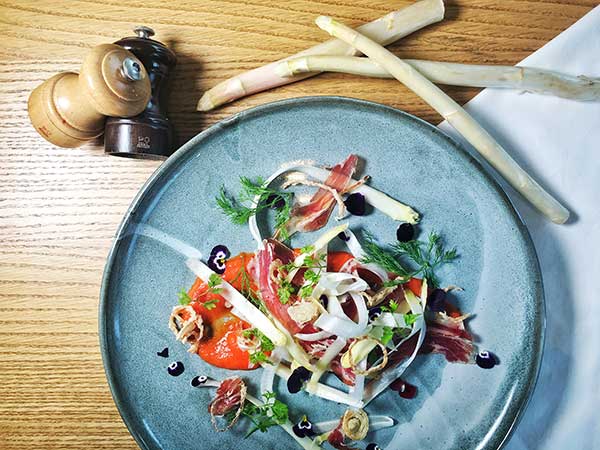
It may not be natural, but keeping asparagus plants in the dark as they grow produces miniature pillars of succulent alabaster, gracing tables of top restaurants and returning top dollar to growers. Mike Peters follows the spring delicacies from farm to table.
You could forgive a Chinese farmer for not being too impressed with white asparagus.
Pale specimens compared to their green cousins, they are also slightly more bitter.
So why are fancy hotels and restaurants snapping them up?
"They are precious because of the time and effort it takes to grow them," says Steve Zhang, one of the chefs at Feast restaurant in Beijing's East hotel. "And they are very tender."
Zhang has a farm in the Beijing suburbs, but his knowledge of the vegetable comes from his family home in Shandong province, China's asparagus heartland.
Botanically, white asparagus is genetically identical to the green. It gets its color-or lack of it-from growers who start piling on soil when the first shoots appear in spring, so the nascent veggies get no exposure to sunlight. No sun means no photosynthesis which means no chlorophyll-so the plants develop little or no green color.


















































